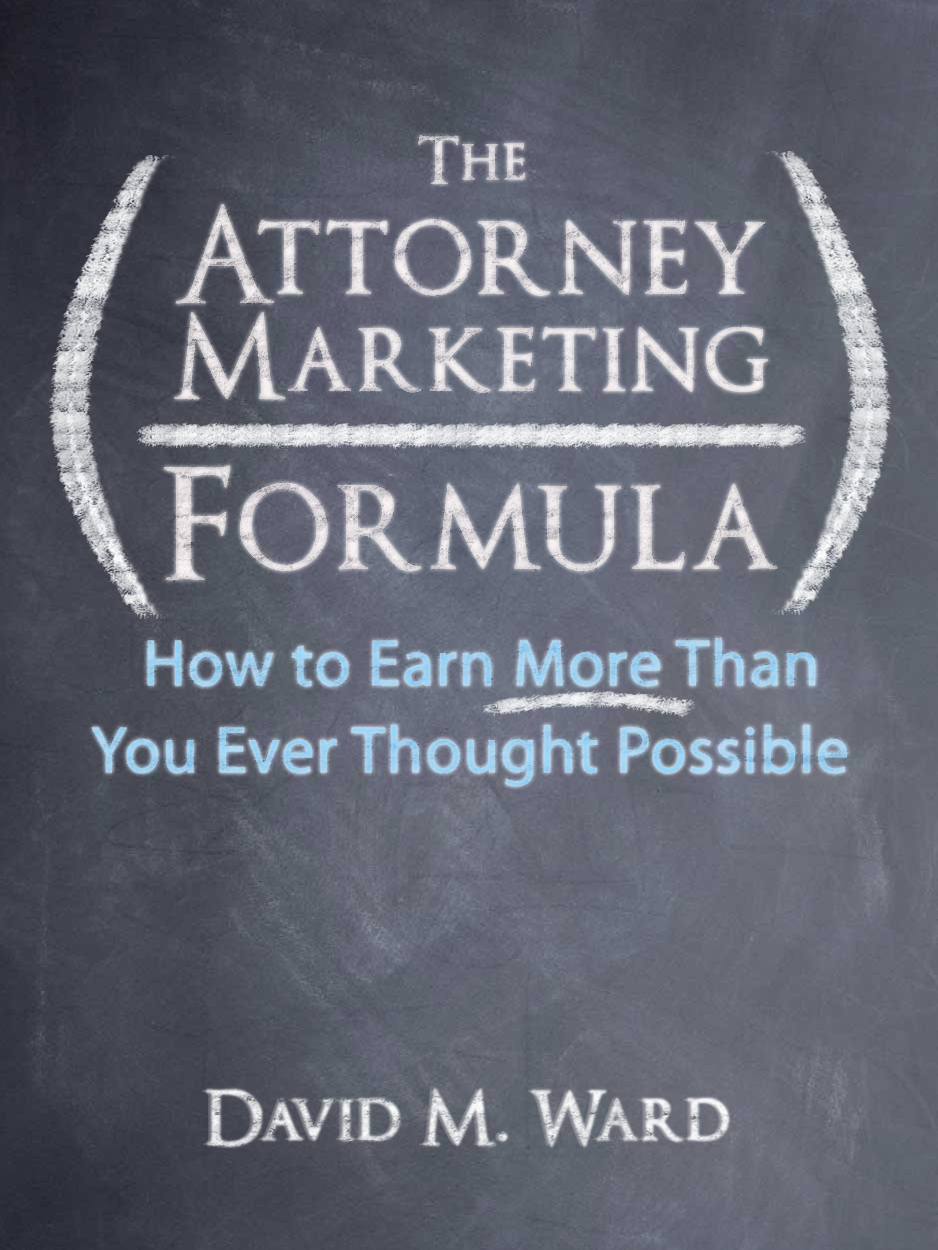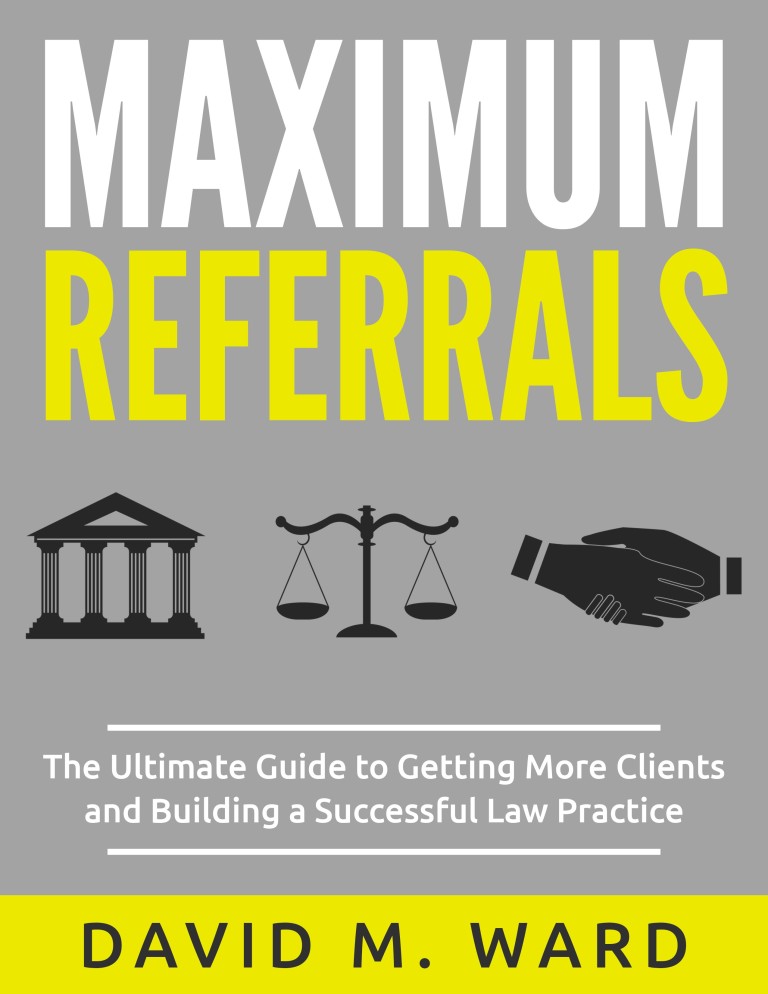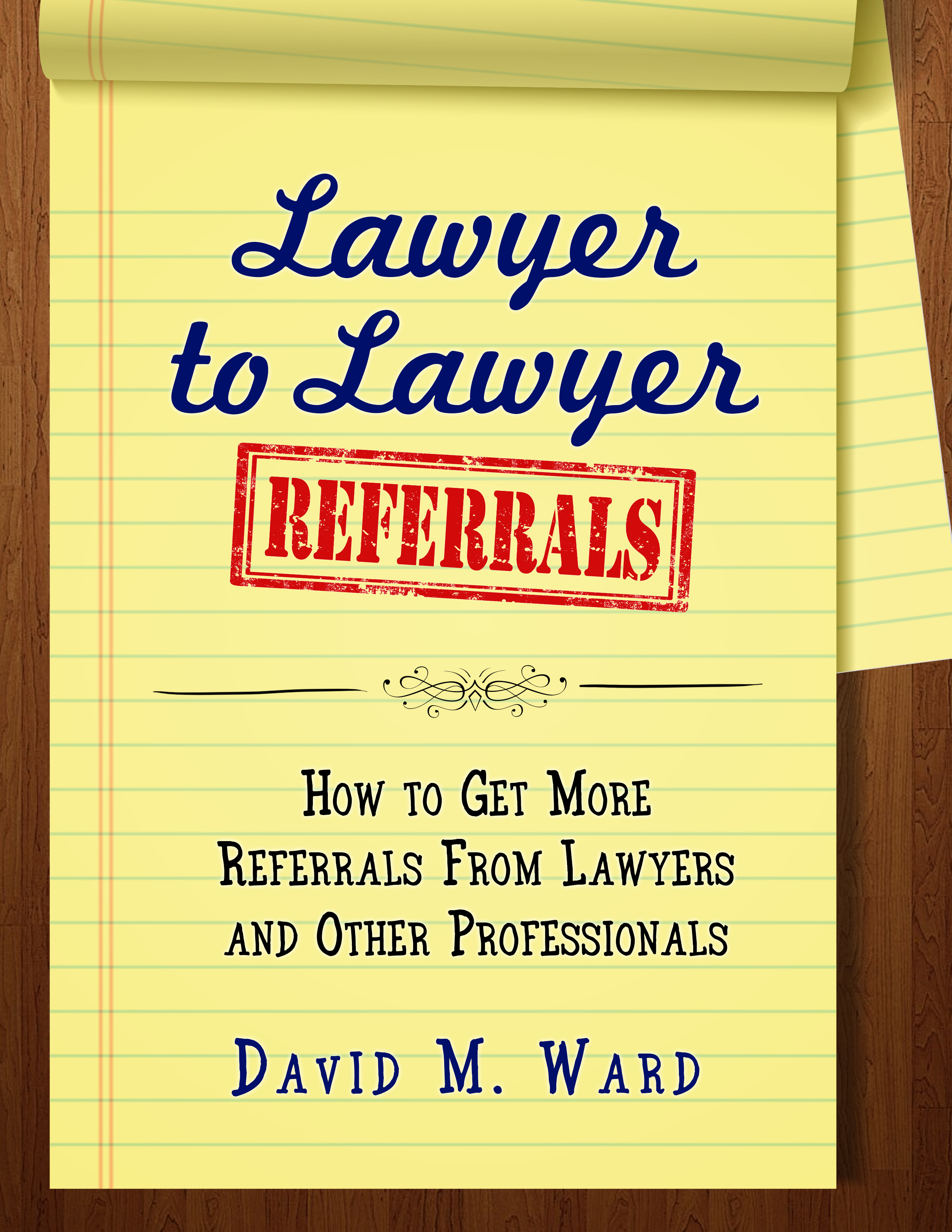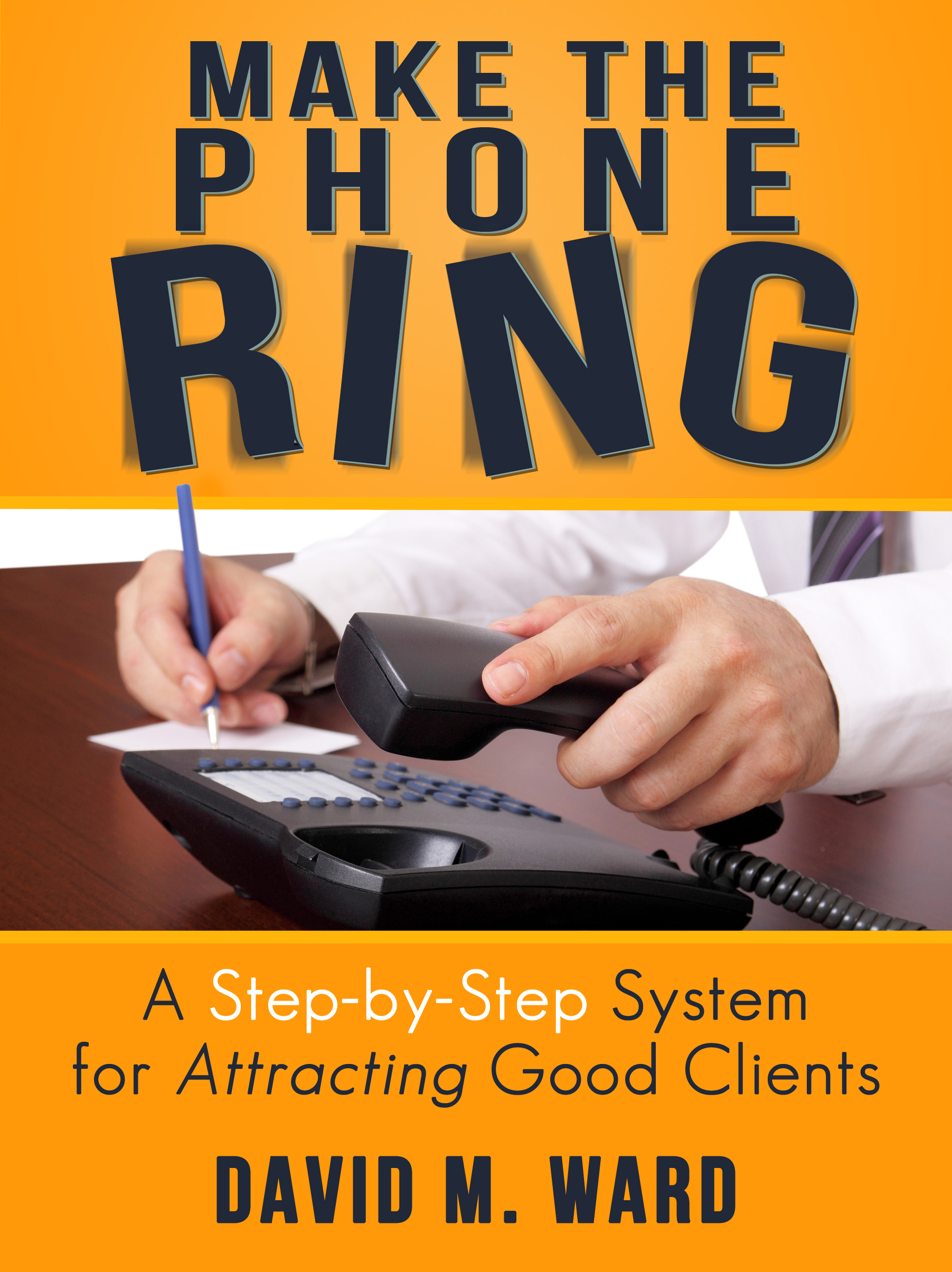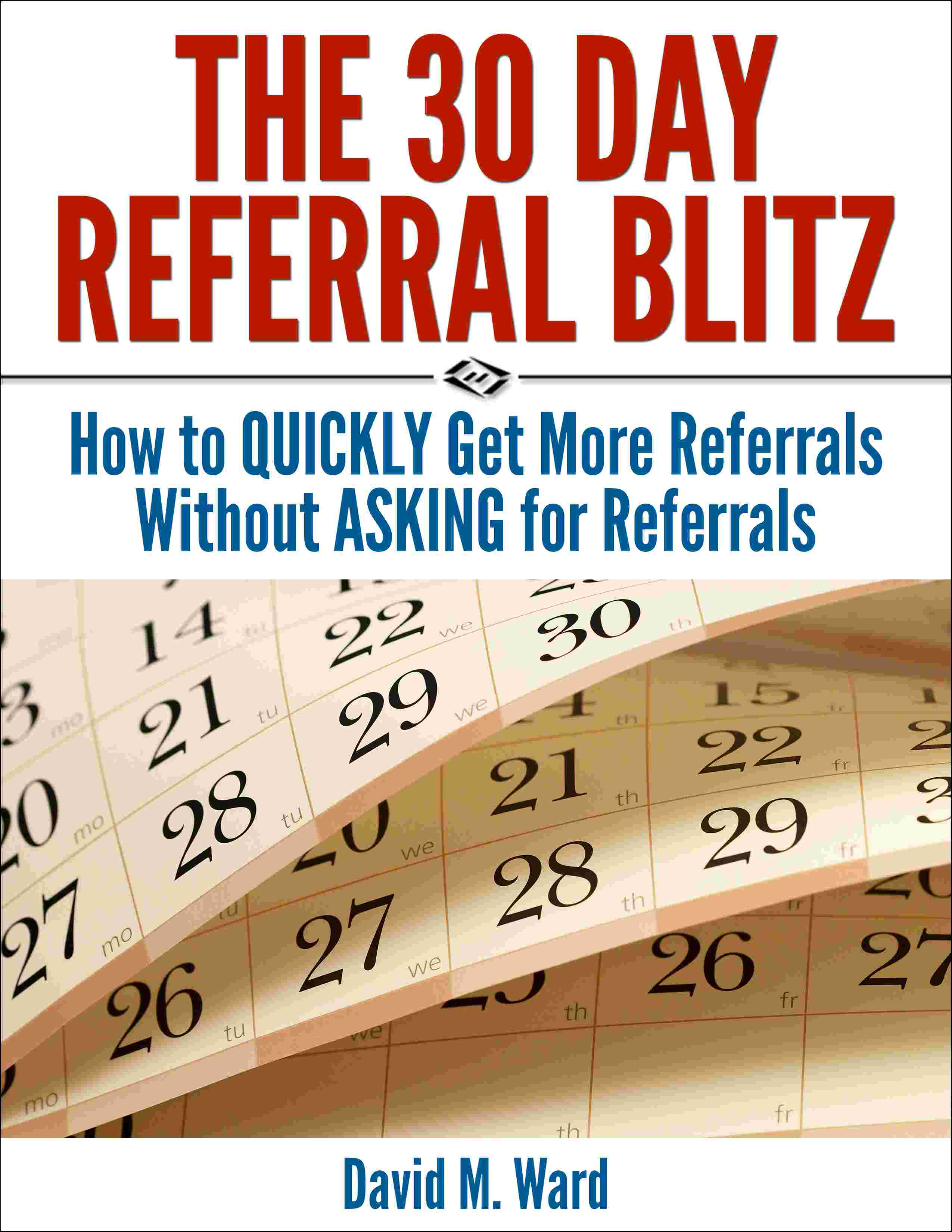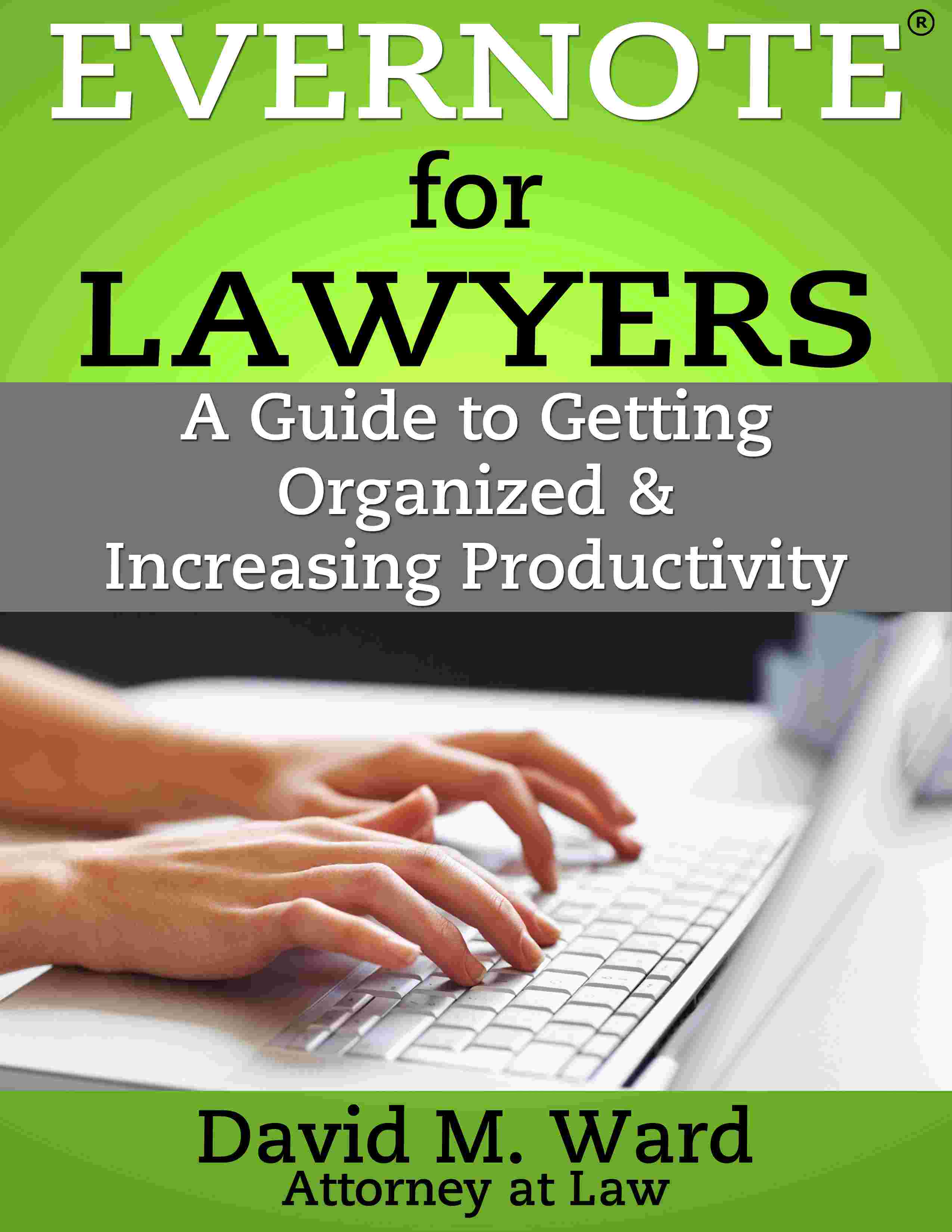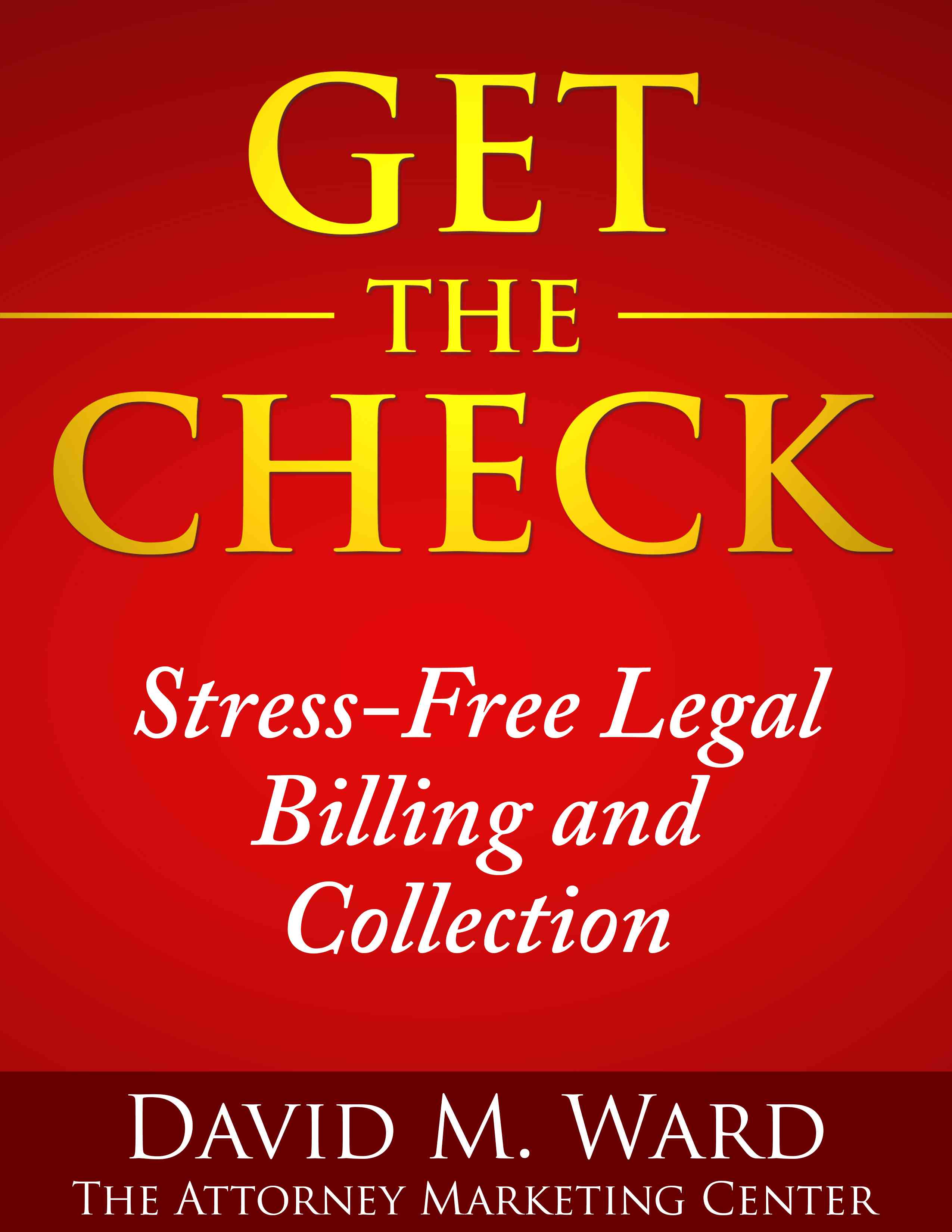On the outside, Shrek was tough and scary. A monster who could slay dragons and vanquish villains. On the inside, he was gentle and kind.
Your clients want you to be Shrek on the outside, fighting their enemies, protecting them, and being tough. On the inside, where they deal with you, they want you to be warm and caring and easy to talk to.
How do you attract clients by showing them your strength without scaring them off with bluster?
By being open and friendly and warm in your writing and speaking, in your blog and newsletter, on social media, in the “About” page on your website, and in all of your marketing.
That means not writing like a lawyer. It means being informal and open, speaking directly to your readers and listeners, and not putting distance between you by writing the 3rd person.
It means being “normal” and friendly on social media. Some lawyers sound anything but. They come off as “too cool” to talk to people, sounding distant, or worse, sarcastic or confrontational.
It’s not complicated. If you want people to approach you, you need to appear approachable.
That means making people feel comfortable about talking with you and working with you.
You can do that. You can be warm and friendly and still be professional.
You can show people you’re tough and also easy to talk to.
Shrek did it and so can you.

